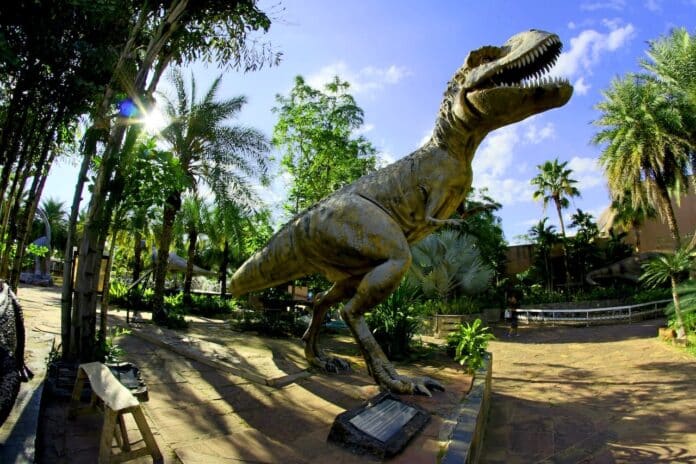A 25-meter-long Liopleurodon was displayed on the BBC’s Walking with Dinosaurs TV documentary series more than 20 years ago. The size of this pliosaur was hotly contested because it was believed to have been greatly exaggerated and more likely to have only grown to be slightly over six meters long as an adult.
Now, paleontologists from the University of Portsmouth have published a report on a species that may have grown to a massive 14.4 meters in length, twice the size of a killer whale, due to an accidental discovery in an Oxfordshire museum.
Professor David Martill from the University of Portsmouth’s School of the Environment, Geography and Geosciences said: “I was a consultant for the BBC’s pilot program’ Cruel Sea.’ I hold my hands up – I got the size of Liopleurodon horrendously wrong. I based my calculations on fragmentary material suggesting a Liopleurodon could grow to 25 meters. However, the evidence was scant, and it caused a lot of controversy at the time.”
He added, “The size estimate on the BBC back in 1999 was overdone, but now we have some evidence that is much more reliable after a serendipitous discovery of four enormous vertebrates.”
Megan Jacobs, a co-author with Professor Martill, photographed an ichthyosaur skeleton at the Abingdon County Hall Museum as Dave browsed the fossil storage cabinets. He was overjoyed when he discovered the curator had three other huge vertebrae in storage.
The vertebrae are readily identifiable as belonging to a Pliosaurus species or other comparable animal.
Pliosaurs were similar to plesiosaurs but had a larger, longer head that resembled a crocodile and a shorter neck. They possessed a relatively short tail and four strong padded flippers to help them move through the water.
Professor Martill and his team estimated that this marine reptile from the Late Jurassic may have reached a length of between 9.8 and 14.4 meters after performing topographic scans.
He said: “We know these pliosaurs were fearsome animals swimming in the seas that covered Oxfordshire 145-152 million years ago. They had massive skulls with huge protruding teeth like daggers – as big, if not more significant than a T. rex, and certainly more powerful.”
They were stronger than a T. rex and possessed a large cranium with enormous teeth that protruded like daggers.
The researcher said, “They were at the top of the marine food chain and probably preyed on ichthyosaurs, long-necked plesiosaurs, and maybe even smaller marine crocodiles, simply by biting them in half and taking chunks off them. We know they were massacring smaller marine reptiles because you can see bite marks in ichthyosaur bones in examples on display in The Etches Collection in Dorset.”
The vertebrae are from the Kimmeridge Clay Formation and were initially found during a temporary look at Warren Farm in the River Thames Valley of Oxfordshire. This deposit dates to the Late Jurassic, roughly 152 million years ago.
Professor Martill added: “It’s wonderful to prove there was a gigantic pliosaur species in the Late Jurassic seas. Although not yet on a par with the claims made for Liopleurodon in the iconic BBC TV series Walking With Dinosaurs, it wouldn’t surprise me if one day we find some clear evidence that this monstrous species was even bigger.”
Journal Reference:
- Martill, D. M., Jacobs, M. L., & Smith, R. E. A truly gigantic pliosaur (Reptilia, Sauropterygia) from England’s Kimmeridge Clay Formation (Upper Jurassic, Kimmeridgian). Proceedings of the Geologists’ Association. DOI:10.1016/j.pgeola.2023.04.005
